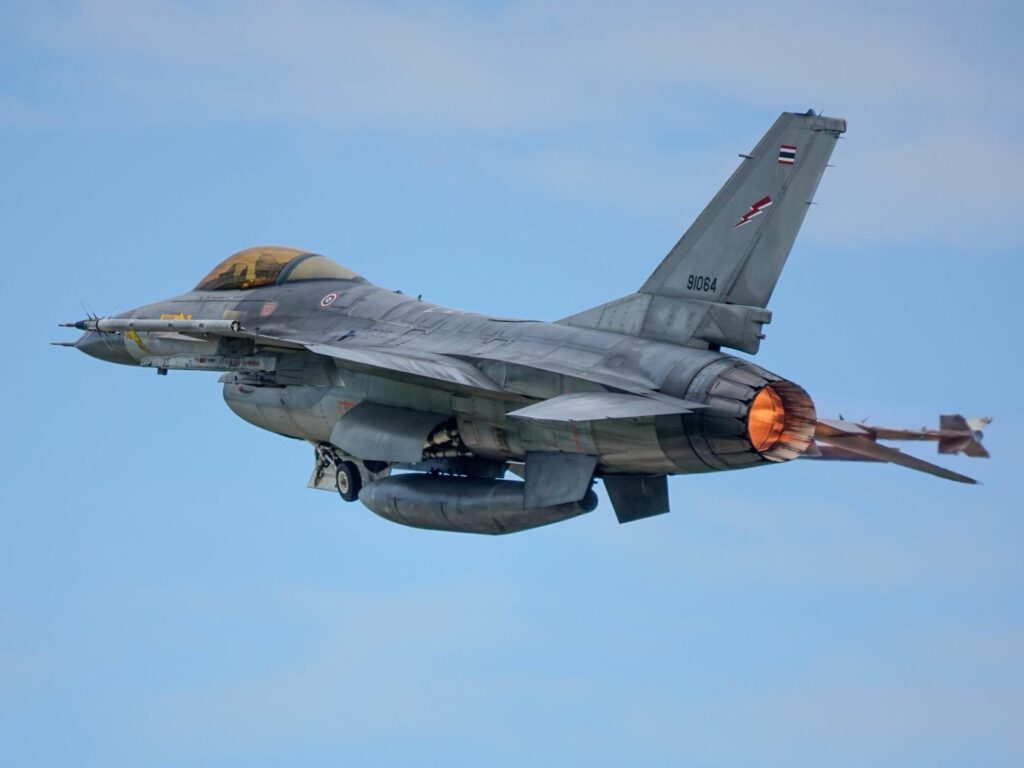
Thailand’s F-16 fighter jets combine upgrades, making the F-16 capable for flexible missions, and unique technology for southeast asian defence. These advanced fighter jets remain essential for Thailand. Know more, read below.
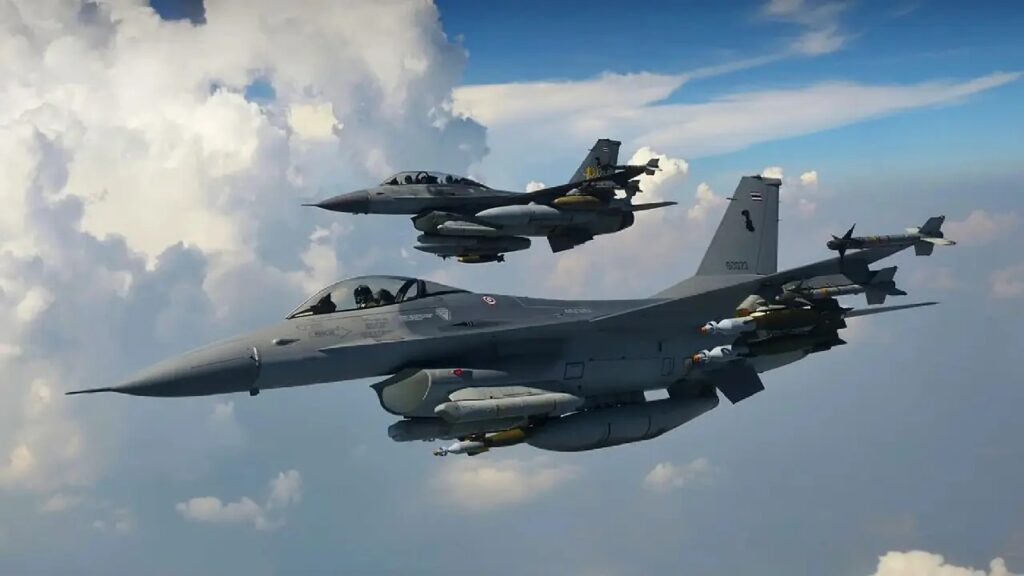
Current Tensions With Cambodia
Amid recent clashes at the Thailand-Cambodia border, Thailand has deployed its six Thai F-16s. as a response to its disputed in region. Thai officials confirmed these jets destroyed multiple military targets after Cambodia allegedly launched attacks into Thailand’s territory.
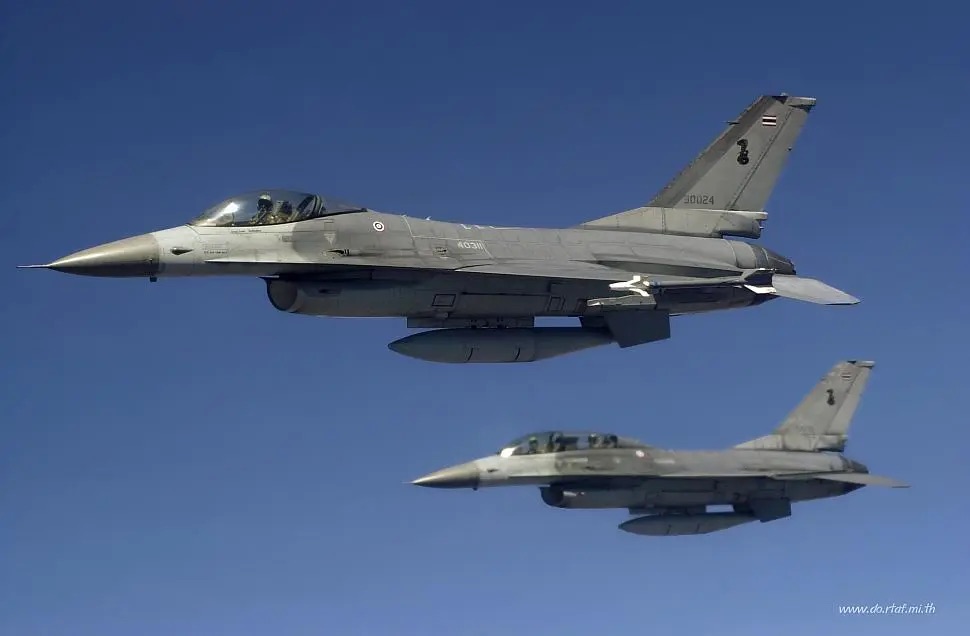
How Many F-16 Does Thailand’s Have In Numbers
As per reports The Royal Thai Air Force currently operates a fleet of about 54 F-16 fighter jets. Out of which many jets entered service from the late 1980s and have been modernised over time. Currently the F-16s are the backbone of Thailand’s air defence security and have seen regular upgrades to keep pace with modern threats.
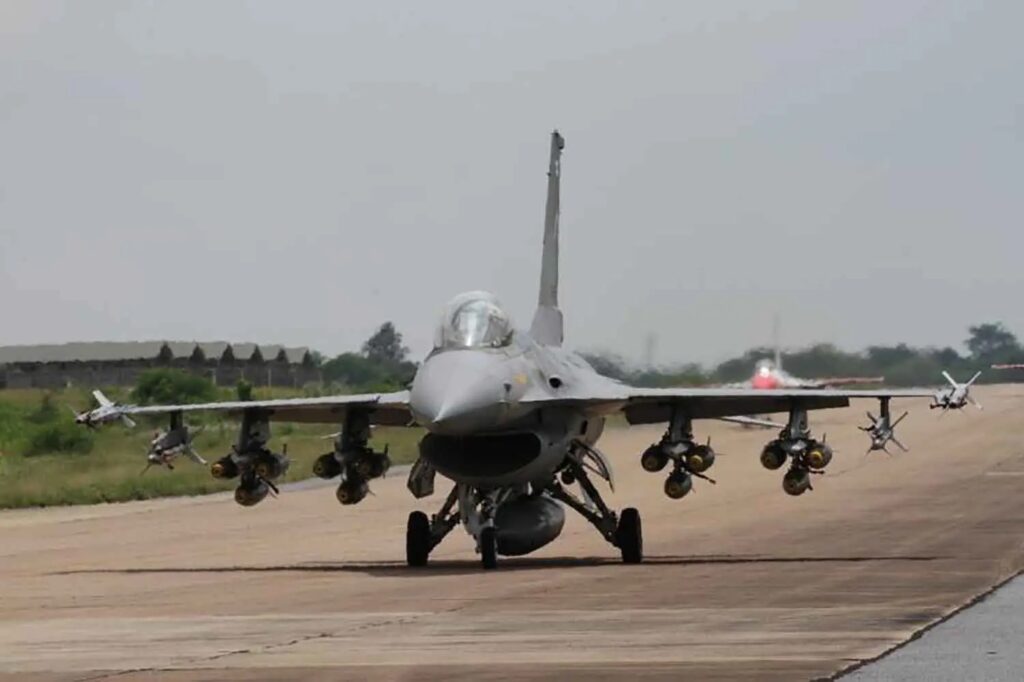
Thai F-16s are customised with advanced radar, navigation, and communications. Many have mid-life updates, including new mission computers, modern avionics, and even helmet-mounted displays. Several jets feature additional fuel tanks.
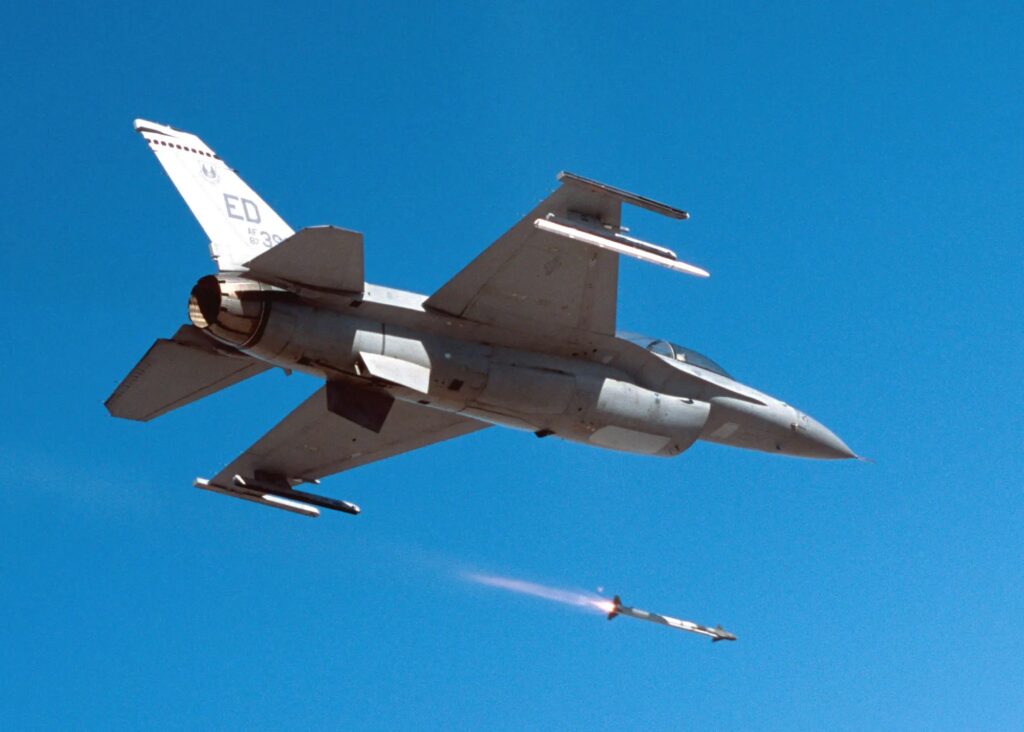
Weapons And Mission Capability
As per a few reports, Thailand’s F-16s can carry a range of American and Israeli-made weapons, such as AIM-9 Sidewinder and Python-4 air-to-air missiles, as well as precision bombs. The aircraft’s eleven hardpoints allow it to be configured for both air defence and ground attack roles, which enables it to be flexible for the missions in Southeast Asia.

The F-16 has a reputation for offering advanced capabilities at a lower cost. When first bought, each F-16a/b for Thailand cost about $30 million to $60 million or more per aircraft according to US department of defense reports. Recent block 52 models and upgrades have pushed that figure up, with new F-16V block 70/72 jets reportedly priced at over $60 million per unit in the latest arms deals.
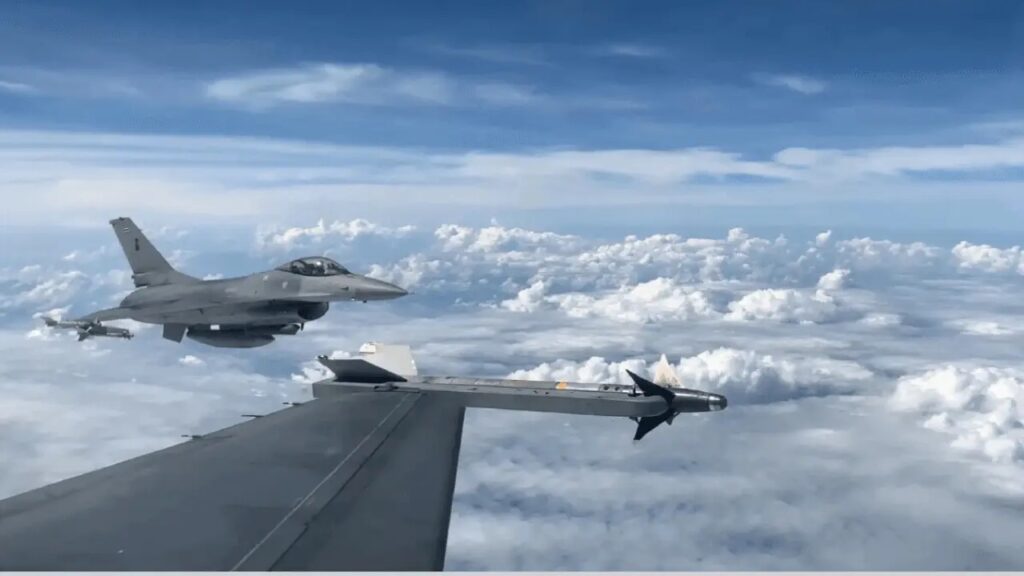
Thailand F-16 Flying
Experts note that Thailand improved its F-16s to extend their service life beyond 8,000 flying hoursthrough new structural and avionics upgrades. This approach lets them compete with newer jets while waiting for their next-generation aircraft. The F-16sare set to remain key fighters until at least 2030 few reports perdicts.